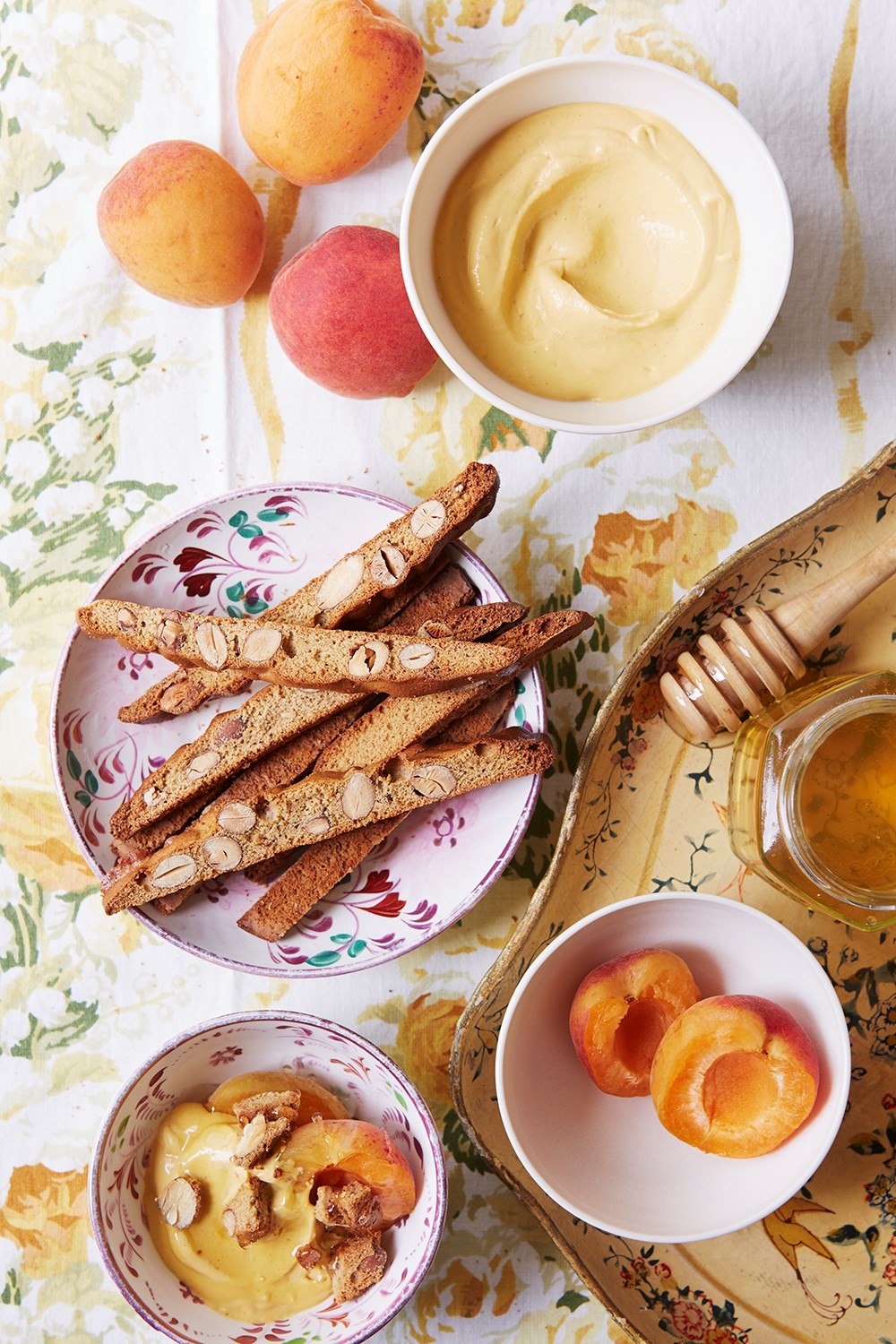“Healthy cakes” sounds like the type of oxymoron that should be reserved for irritating food blogs alone. Talented British chef Henrietta Inman, however, has managed to take legitimate ownership of the concept in her debut cookery book – albeit under the more refined title of Clean Cakes. Brimming with beautiful images of, and recipes for, such delicacies as flower-topped blueberry and lemon mousse cake, soft and mellow butterscotch blondies and raspberry and rose tartlets, it’s hard to believe that the book’s vibrant and visually sumptuous concoctions could possibly be good for you. But they are, being free from gluten, dairy and refined sugar, and best of all they taste good.
Inman studied professional patisserie at Westminster, before kickstarting her career as a pastry chef at the Lanesborough Hotel and going on to train under the acclaimed Massimiliano Blasone and Skye Gyngell. But after a long stint working in London, Inman began to crave simpler, country living and the wholesome local food she’d grown up with as a child in Suffolk, and so opted to return to her family home and set up on her own, creating a pop-up kitchen in her parents’ laundry room, complete with industrial oven. Giving herself a three-part mantra – “great flavour, great texture and beautiful to look at” – she set about creating wholesome and creative alternatives to more traditional patisserie, enjoying the luxury of having local ingredients (including those picked from her family garden) to hand. Her no-compromise approach and innovative practice soon began to garner attention, and before long her book deal was signed.
Here, as summer arrives, and with it the desire to rein in the over-indulging, we spoke to Inman to discover more about her pioneering methods, her favourite alternative ingredients and her fondest culinary memories.
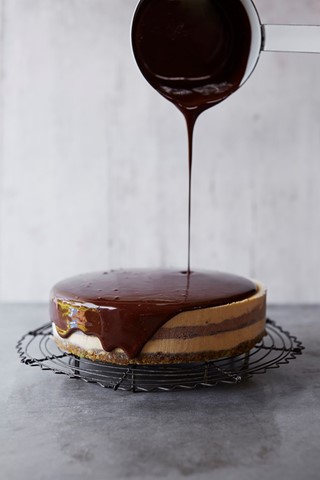
On rediscovering the joys of good-for-you food...
“When I was working in the kitchens in London, we were just given the food we were given and I was eating, sleeping and working and that was about it. Growing up we’d always had local stuff and good food, so I knew the importance of it, but I got so tired and rundown in London that I forgot about it. But then being back home we have a vegetable garden and lots of lovely local producers, so that’s what started the ‘clean cakes’. It’s just a new way of doing my patisserie. If you want a piece of cake, have a piece of cake. It’s all about balance. They’ve still got sweeteners in and they’ve still got calories, but just good-for-you calories.”
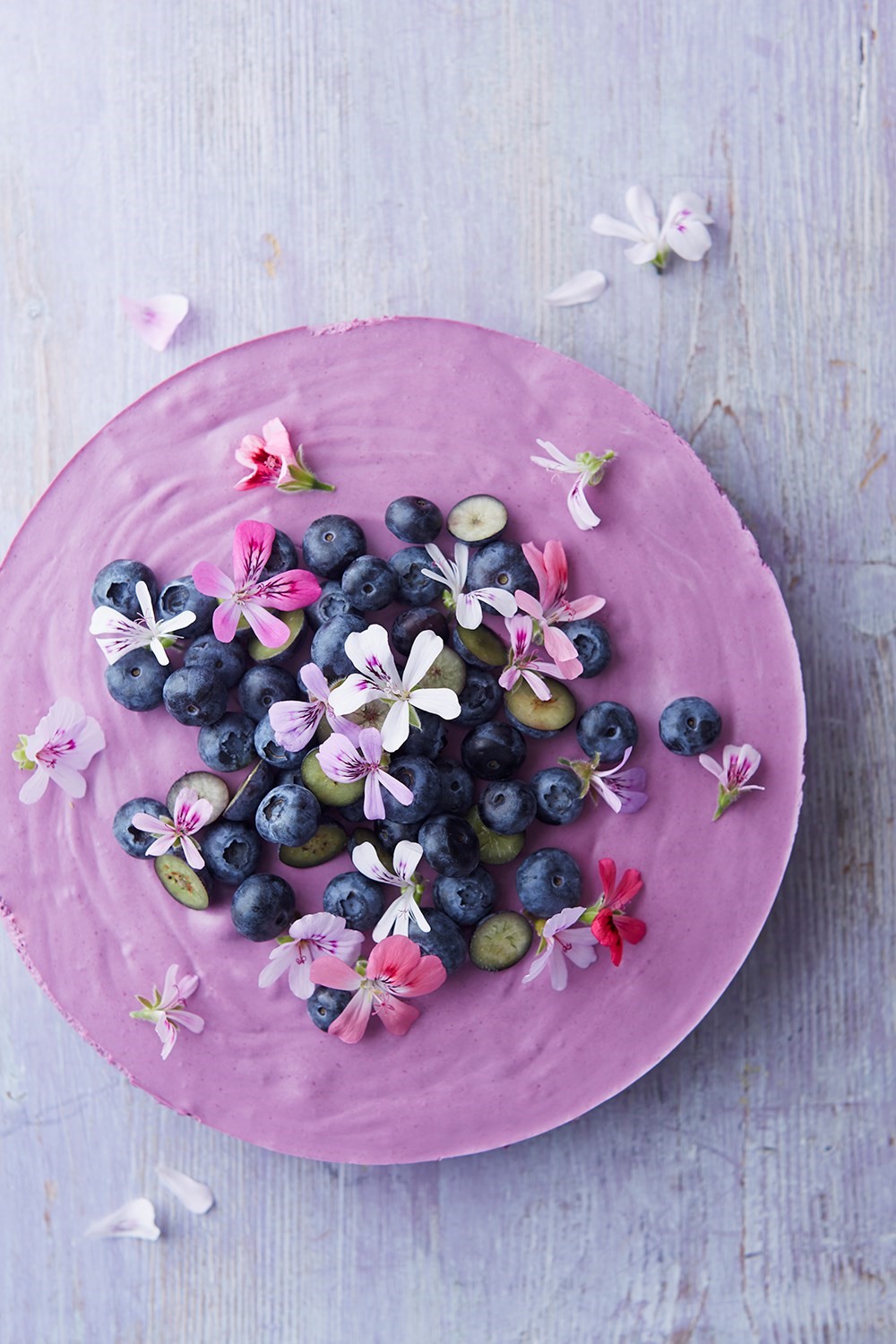
On devising her Clean Cakes strategy...
“When I got home, I developed a lot of my own recipes but at first I was still using more traditional ingredients. I devised my pumpkin, carrot and walnut cake then, which I really like, but initially the recipe prioritised flour, sunflower oil and brown sugar, so I adapted it to use brown rice flour, rapeseed oil (it has a nice earthy, nutty flavour) and then a different sweetener, Palmyra nectar powder from the Palmyra palm tree, which has a really rich, brown sugar-y taste. And that kickstarted the adaptation process – a lot of the Clean Cakes recipes are variations of ones I’d already done. And they’re not just cakes but desserts and mousses, cookies and biscuits and nice, comforting loaf cakes and some savoury things as well, because people can’t always eat sweet things!”
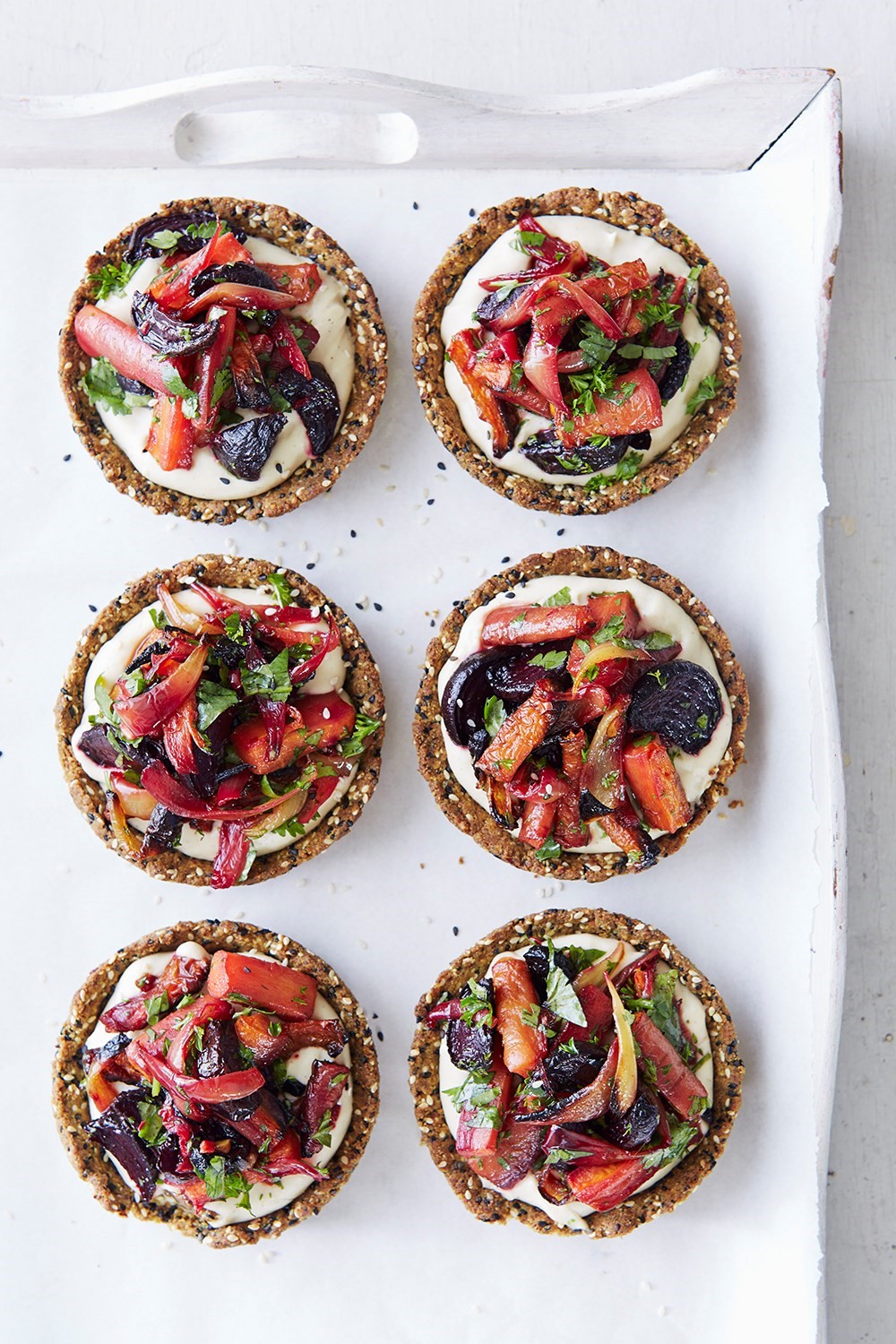
On the best sugar alternatives...
“I really like Palmyra nectar, that’s nice with coffee and dark chocolate – it’s quite a dark colour, so you’re never going to have a light coloured sponge with it, but I don’t mind that. Coconut sugar has a really strong caramel-y flavour and then there’s a coconut nectar syrup, which is the sugar boiled down into a syrup. It tastes like honey so I often use it if I’m making something vegan.”
On the value of seasonal cooking...
“I prefer to work according to seasons but I don’t take recipes off my pricelist in the colder months – if someone wants it, they can have it. But be aware that it’s not seasonal. I pick lots of berries in the summer, so I can use them in cakes throughout the year; I keep them in the freezer. So I can cook a gooseberry and almond tart in December but I prefer not to really. I love cooking with the seasons because if it’s local and seasonal, it’s going to taste so much better.”

On her favourite food memories from childhood...
“My parents are really good cooks, so we’d always cook together around the Aga in the kitchen in our farmhouse. Our gardener would come every two weeks and he would always bring pheasants and partridges; the pheasants used to be around about 50p so I think we lived off pheasants most of the time. Also my granny lived about 20 minutes away and she’d always come for Sunday lunch and bring her apple pie. Left-over pastry she would roll into balls and put on the top like apples and make pretty leaves – and me and my brother and sister would always fight over these stodgy, pastry apples!”
On the ingredients she couldn’t live without...
“Lemons – the juice and the zest. And then, salt: Maldon salt, or Himalayan pink salt. Maldon has a slightly stronger flavour, it’s really nice and sea salt-y. The Himalayan pink salt is a bit milder. And cinnamon, it’s a really nice natural sweetener if you don’t want to add more sugar.”

On her favourite recipe in the book...
“I love my courgette cake – I was so happy when I developed that. I did that as my first wedding cake and all the flowers I used were from the bride’s mother’s garden. I wanted to adapt that cake from a normal sponge into a clean cake and when I finally got it I was very happy. Now everyone sort of insists that I’m known for my courgette cake.”
On using savory ingredients in sweet cakes...
“I love mixing sweet and savoury, like basil and strawberries. Often old ladies come to my monthly stall at the farmers’ market and look at a label that reads ‘courgette, basil and lime cake’, for example, and say, “I have supper tonight, do you think I can serve that as my starter?” So some people you still have to explain it to. My granny found it hard to understand my clean cakes!”
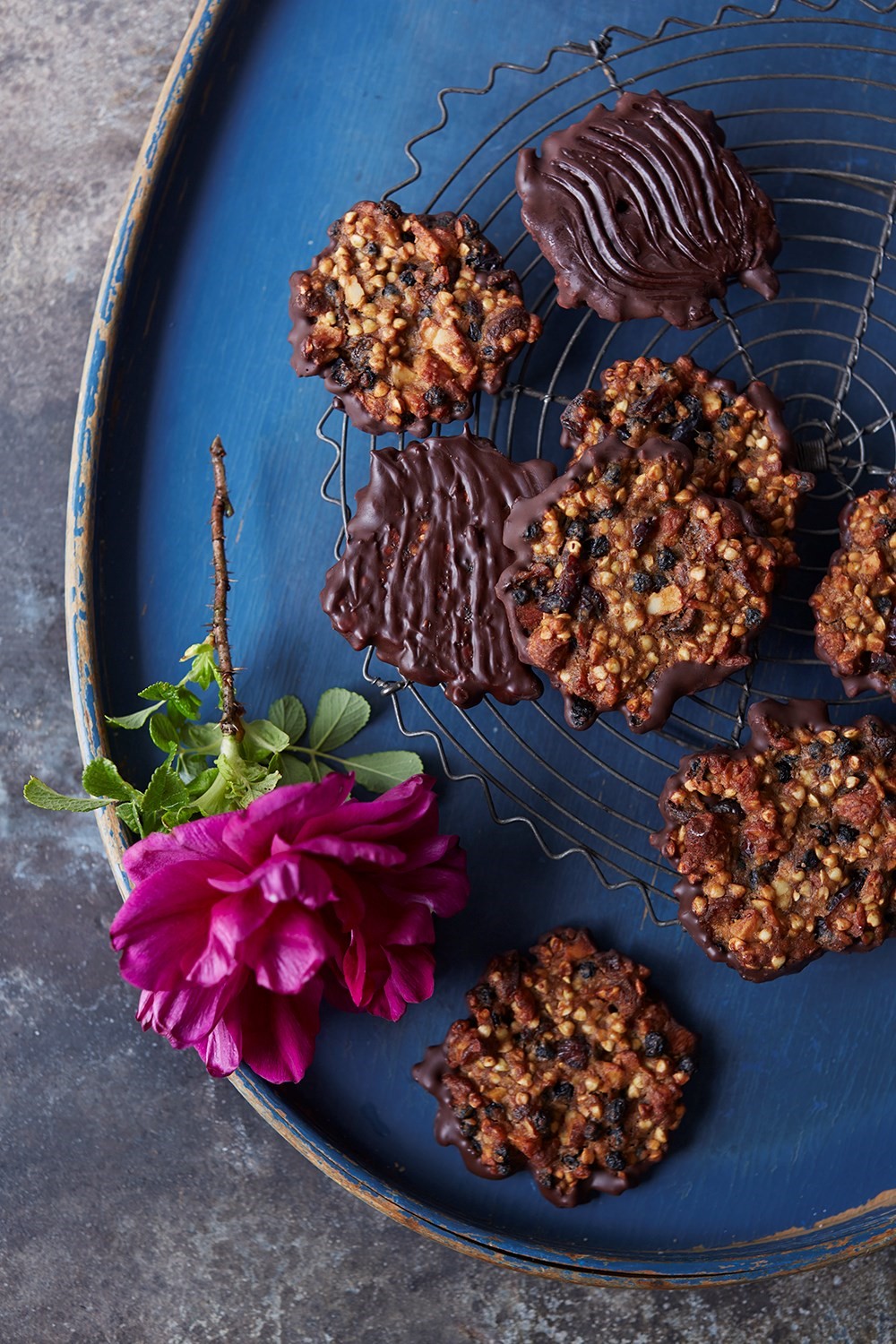
On her advice for aspiring clean cooks...
“Read all the recipes through before you start, always. Just be precise! With cakes there’s chemistry involved. But also, don’t be frightened of baking if you see ingredients that you’ve never seen before, do seek them out and experiment with them. Don’t be scared of playing around and trialling ingredients, because it’s fun. Once you’ve made one recipe, you can adapt it; I think it’s really nice to make a recipe first and if you want to add your own tweak next time then you can.”
Clean Cakes by Henrietta Inman is available now, published by Jacqui Small.
